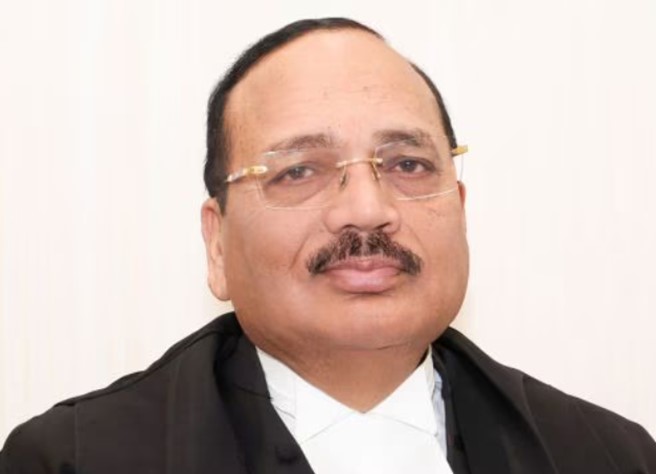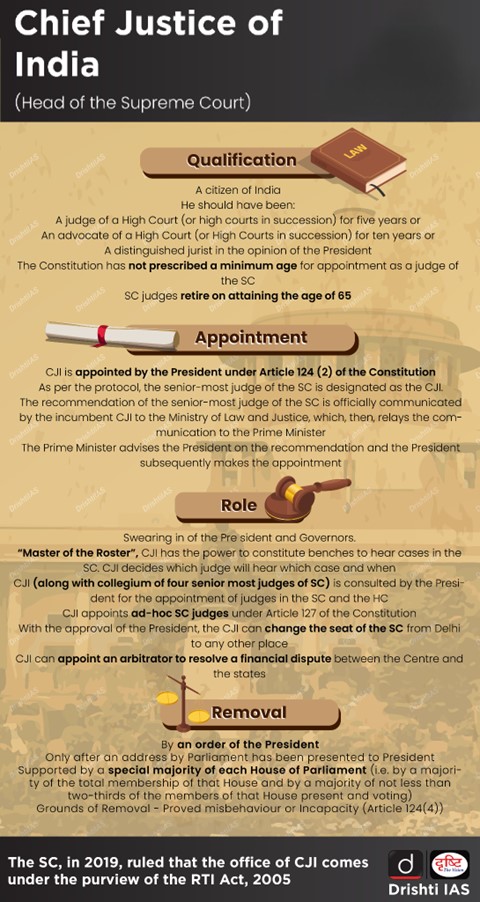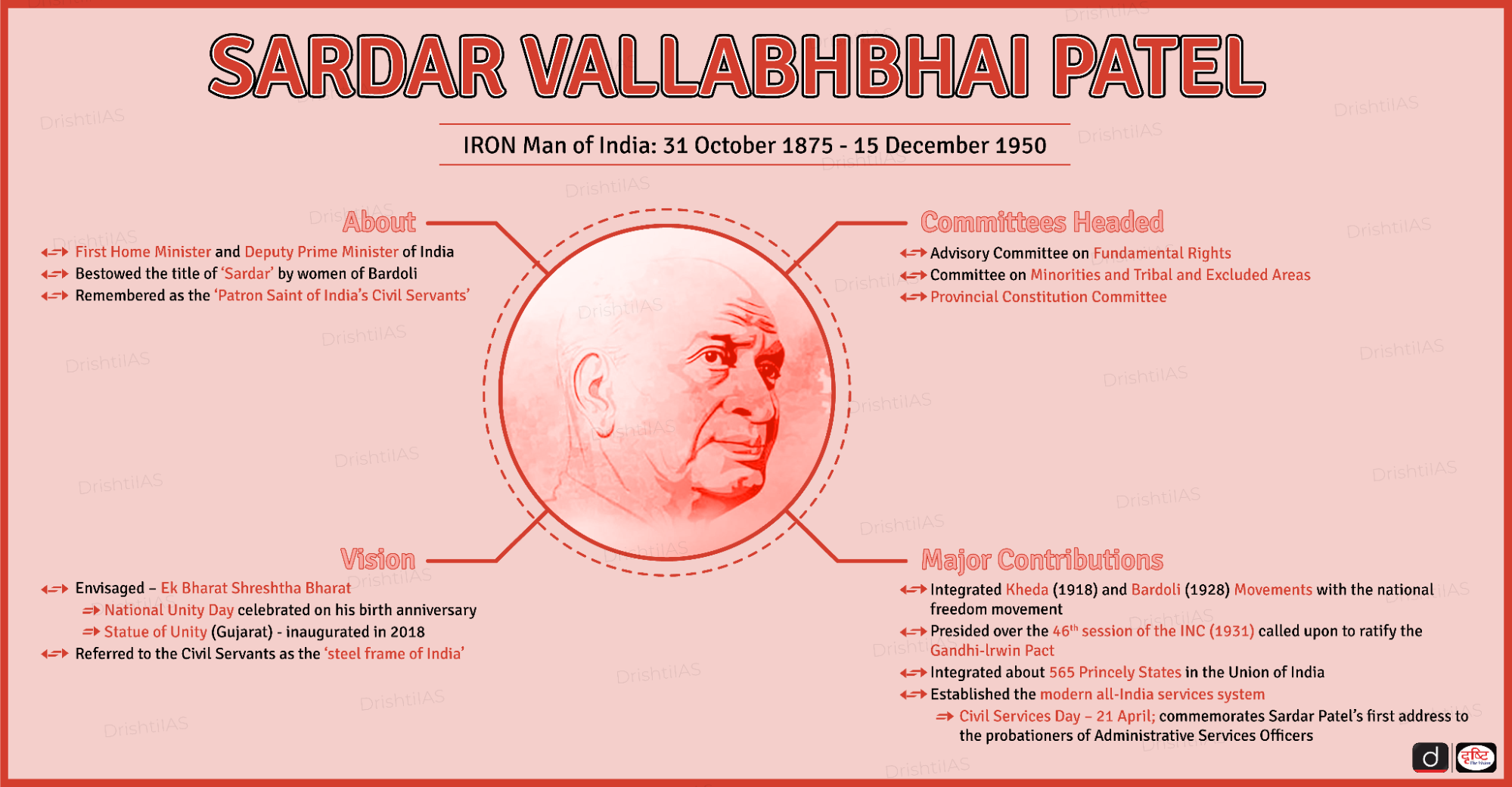Uttar Pradesh Switch to Hindi
Navy Shaurya Museum in Lucknow
Why in News?
Uttar Pradesh Chief Minister Yogi Adityanath reviewed the preparations for the upcoming ‘Navy Shaurya Museum’ in Lucknow, an ambitious project that will commemorate the valour, legacy, and technological prowess of the Indian Navy in the Indian Ocean region.
Key Points
- About: Planned near Ekana Stadium in CG City, the museum will be a first-of-its-kind maritime heritage complex in North India, designed to blend education, experience, and technology while placing Uttar Pradesh prominently on the national tourism map.
- The museum aims to celebrate India’s maritime strength, rekindle UP’s ancient maritime heritage, and inspire national pride.
- Launched in 2022 with an initial completion target of December 2024, the project has achieved only 30% progress due to logistical challenges, and is now expected to be completed by late 2025.
- Project Structure: The Navy Shaurya Museum is being developed in two key segments:
- INS Gomati Shaurya Smarak (Sacred Memorial): It features the INS Gomati (F-21), a Godavari-class indigenous missile frigate that served the Indian Navy for 34 years and participated in major operations like Operation Cactus and Operation Parakram.
- Nausena Shaurya Vatika: It will feature a TU-142 maritime surveillance aircraft that served for 29 years and a Sea King SK-42B helicopter used in naval operations.
- Design: The museum, designed in the abstract form of a ship with naval railings, porthole-style windows, and maritime symbols, will consist of two main zones — the Interpretation Centre and the Open-Air Museum.
- Technology Meets Heritage: The museum will integrate modern technology with historical storytelling, featuring:
- 7D theatre for immersive storytelling.
- Aircraft carrier landing and warship simulators to provide realistic naval experiences.
- Digital water-screen show and marine life aquarium.
- Submerged Dwarka model showcasing India’s ancient maritime history.
- Interactive activities such as ‘Dress Like Your Heroes’ and virtual naval missions.
- Administrative Oversight: A committee headed by the Director General of Tourism, comprising representatives from the Maritime Heritage Society, UP Projects Corporation, and naval experts, has been formed to oversee the project.
National Current Affairs Switch to Hindi
Justice Surya Kant Appointed as 53rd CJI
Why in News?
President Droupadi Murmu has appointed Justice Surya Kant as the 53rd Chief Justice of India (CJI).
Key Points
- About:
- He will assume office as the Chief Justice of India on 24th November 2025, succeeding CJI B. R. Gavai, and will serve a 15-month tenure until 10th February 2027.
- He will be the first Chief Justice of India from Haryana.
- He is a first-generation lawyer known for his forthright observations, balanced judgments, and emphasis on constitutional morality.
- His tenure is expected to focus on judicial accessibility, administrative reforms, and consistency in constitutional interpretation.
- Notable Judgments:
- Article 370: Part of the five-judge bench that upheld the abrogation of Article 370.
- Minority Tag to AMU: Member of the bench that delivered the verdict on Aligarh Muslim University’s minority status.
- Election Commission Oversight: Currently heading a bench supervising the Special Intensive Revision exercise in Bihar.
- About Chief Justice of India:
- A Supreme Court judge, including the CJI, is appointed by the President under Article 124 (2).
- The senior-most judge is designated as CJI based on length of service ( it is customary practice, not a legal requirement ).
- To qualify as CJI, one must be a citizen of India, have served as a High Court judge for 5 years or as an advocate for 10 years, or be a distinguished jurist in the President’s opinion.
- The CJI can only be removed by the President after an address by Parliament, supported by a special majority in both Houses.
National Current Affairs Switch to Hindi
National Unity Day
Why in News?
Rashtriya Ekta Diwas(National Unity Day), observed annually on 31st October to honour Sardar Vallabhbhai Patel’s role in unifying India, holds special significance in 2025 as it marks his 150th birth anniversary.
Key Points
- National Unity Day:
- It embodies the values of unity, integrity, and inclusiveness championed by Sardar Vallabhbhai Patel.
- It was first celebrated in 2014, following the Government’s decision to honour Patel’s monumental role in nation-building.
- During the 2015 observance, Prime Minister Narendra Modi launched the ‘Ek Bharat Shreshtha Bharat’ initiative to strengthen connections and cultural exchange among people of different regions.
- Events:
- The Sardar@150 Unity March (Yatra), organised by the Union Ministry of Youth Affairs and Sports through the My Bharat platform, aims to promote unity, patriotism, and civic responsibility among youth in line with the vision of ‘Ek Bharat, Aatmanirbhar Bharat’.
- The “Run for Unity,” a nationwide marathon symbolising national cohesion, was held on 31st October 2025 across major cities, with a flag-off event in New Delhi.
- Statue of Unity:
- On 31st October 2018, the Statue of Unity, the world’s tallest statue at 182 meters (600 feet), was inaugurated at Kevadia, Gujarat, honouring Sardar Vallabhbhai Patel.
- Overlooking the Narmada River and the Sardar Sarovar Dam (the second largest gravity dam worldwide by concrete volume), the statue is situated on Sadhu Bet hillock.
- In 2020 India's Statue of Unity was included in the list of eight wonders of the Shanghai Cooperation Organisation (SCO).

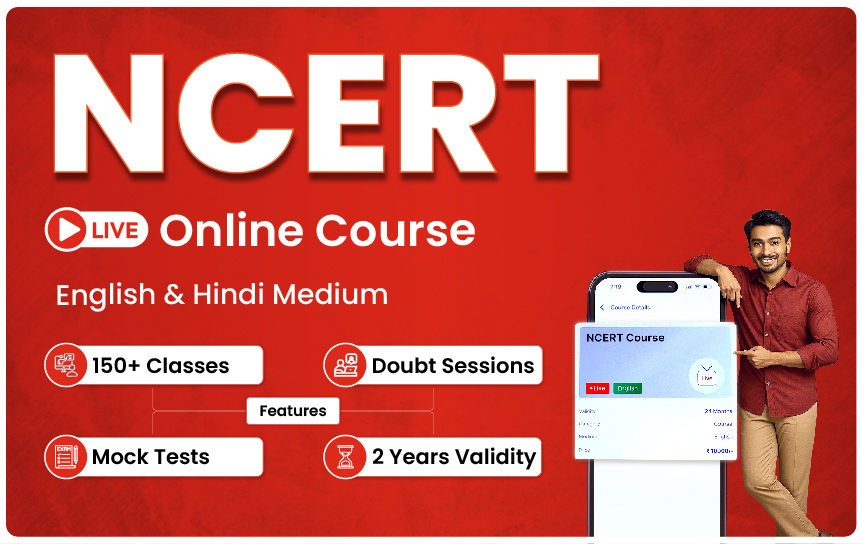



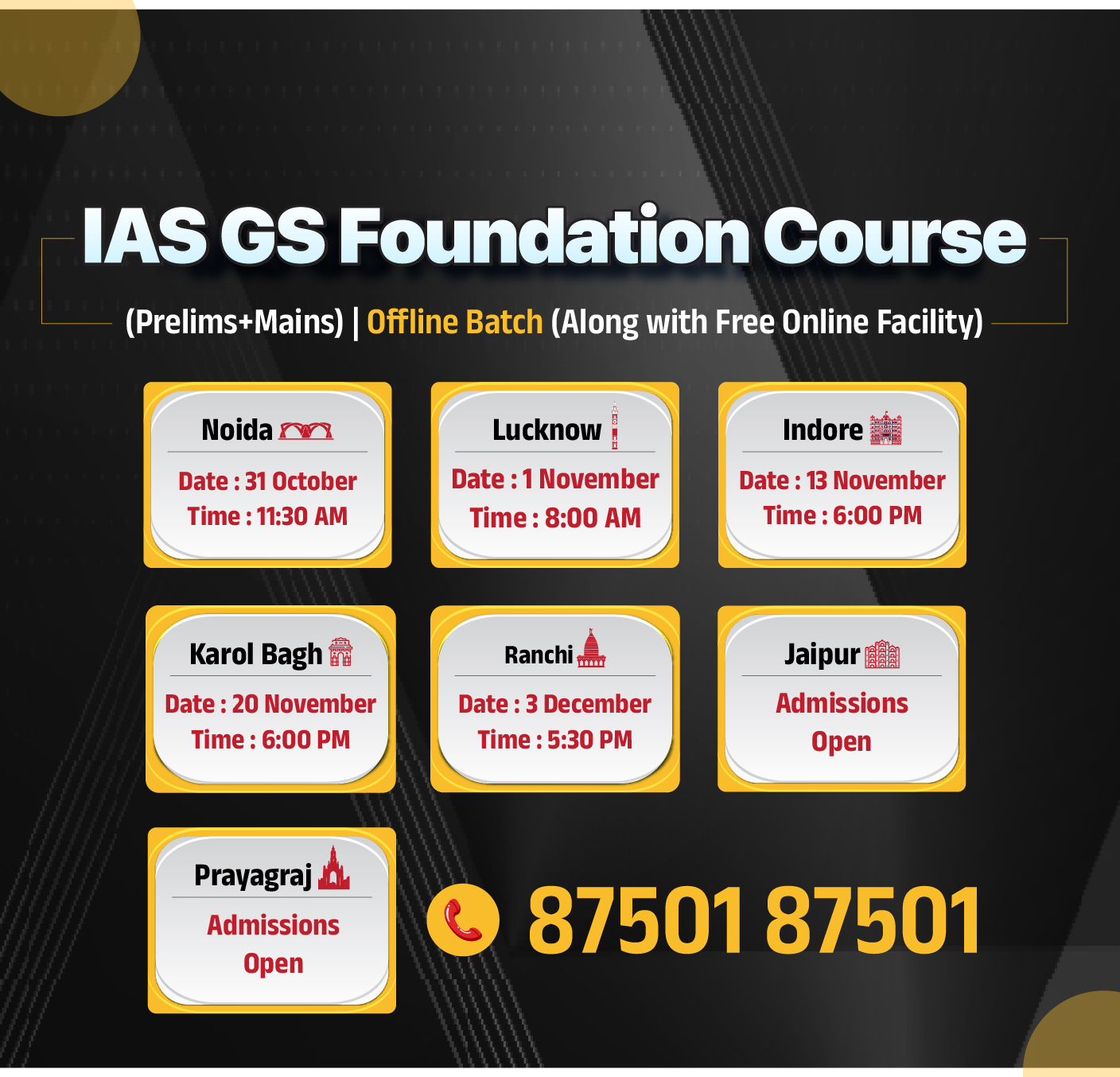

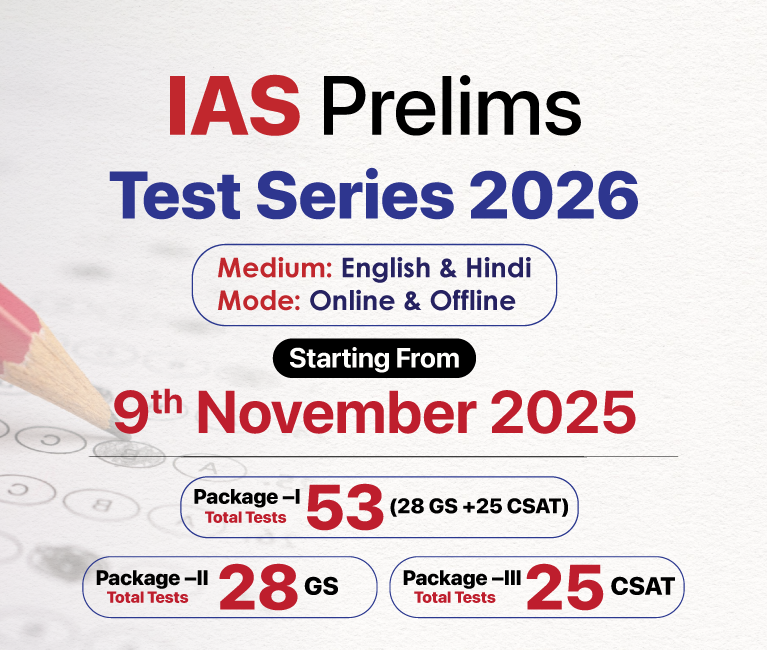
.jpg)
.jpg)

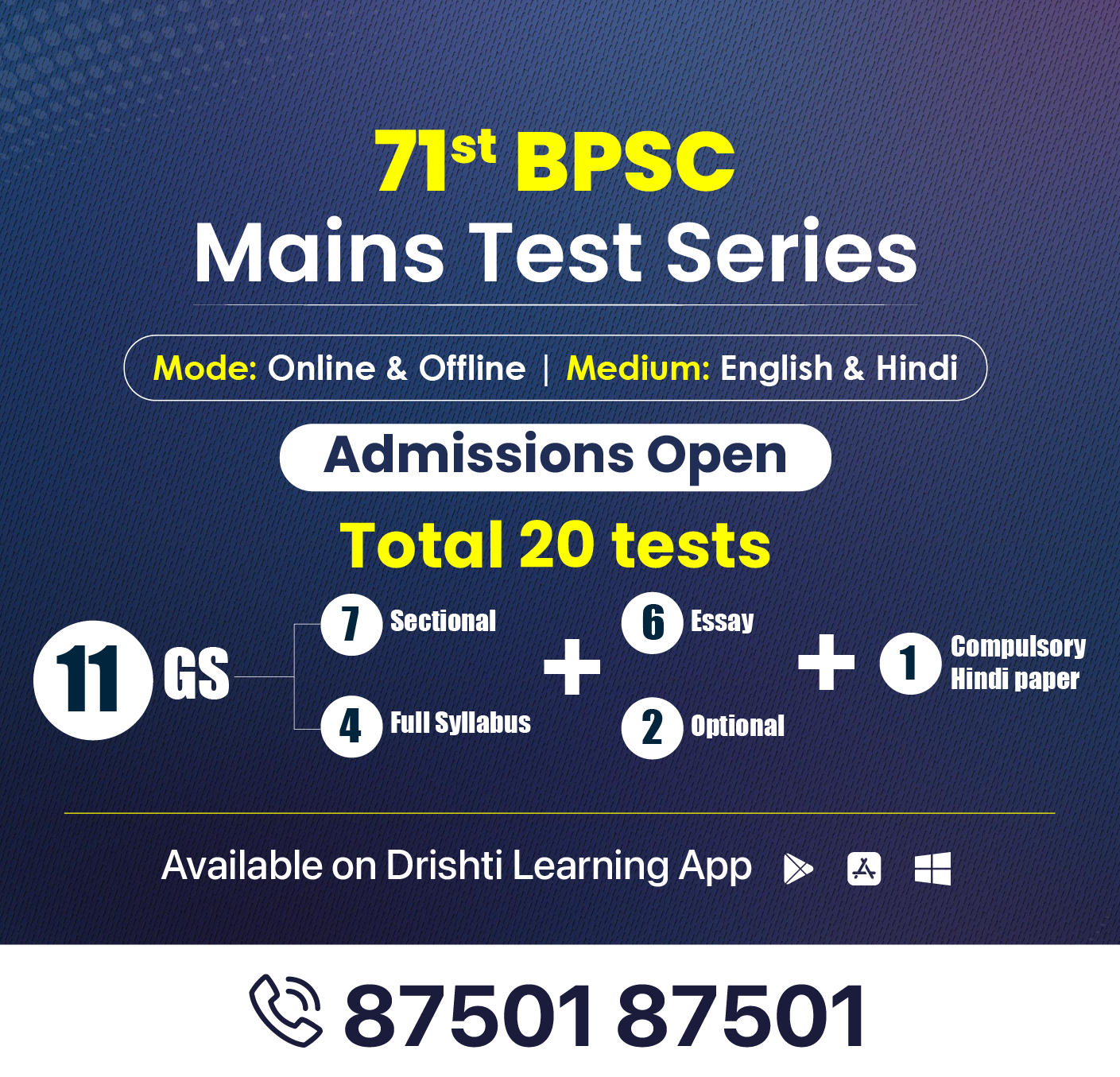

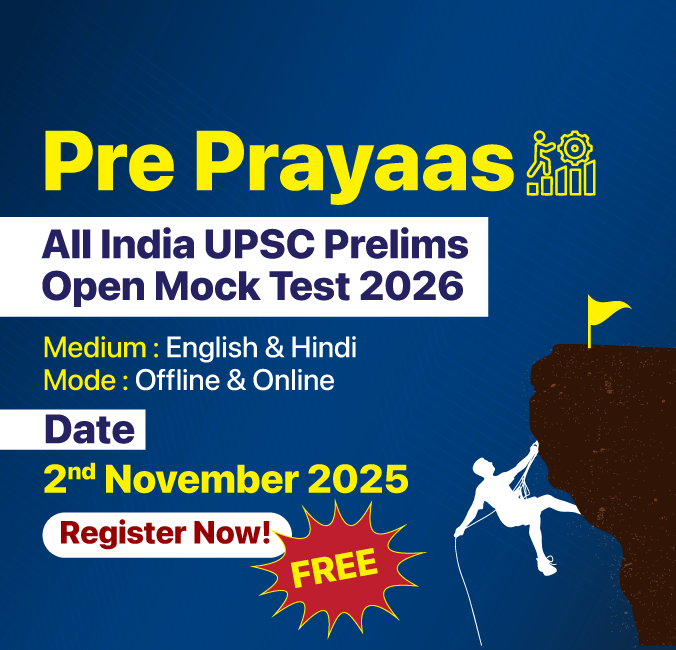

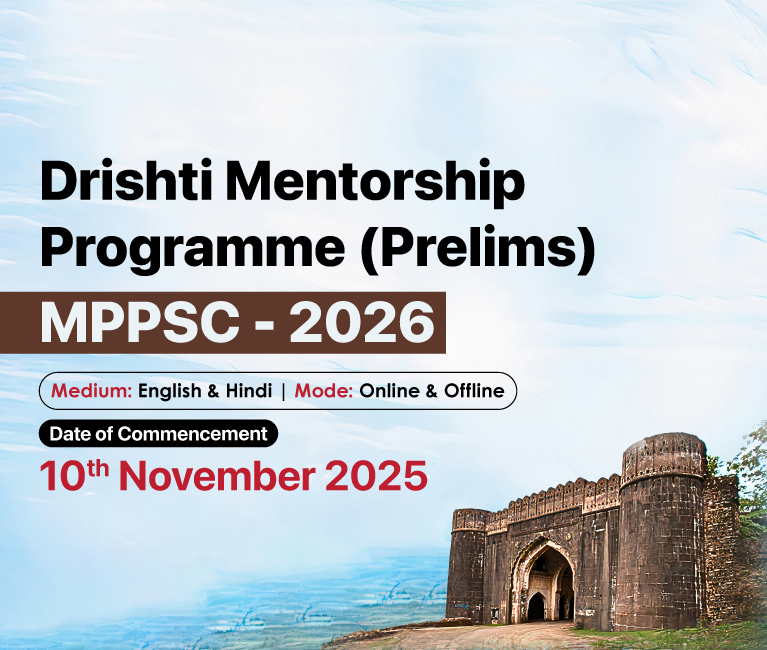


-2026-web-eng.png)
-2026-mob-eng.png)
.png)


.jpg)

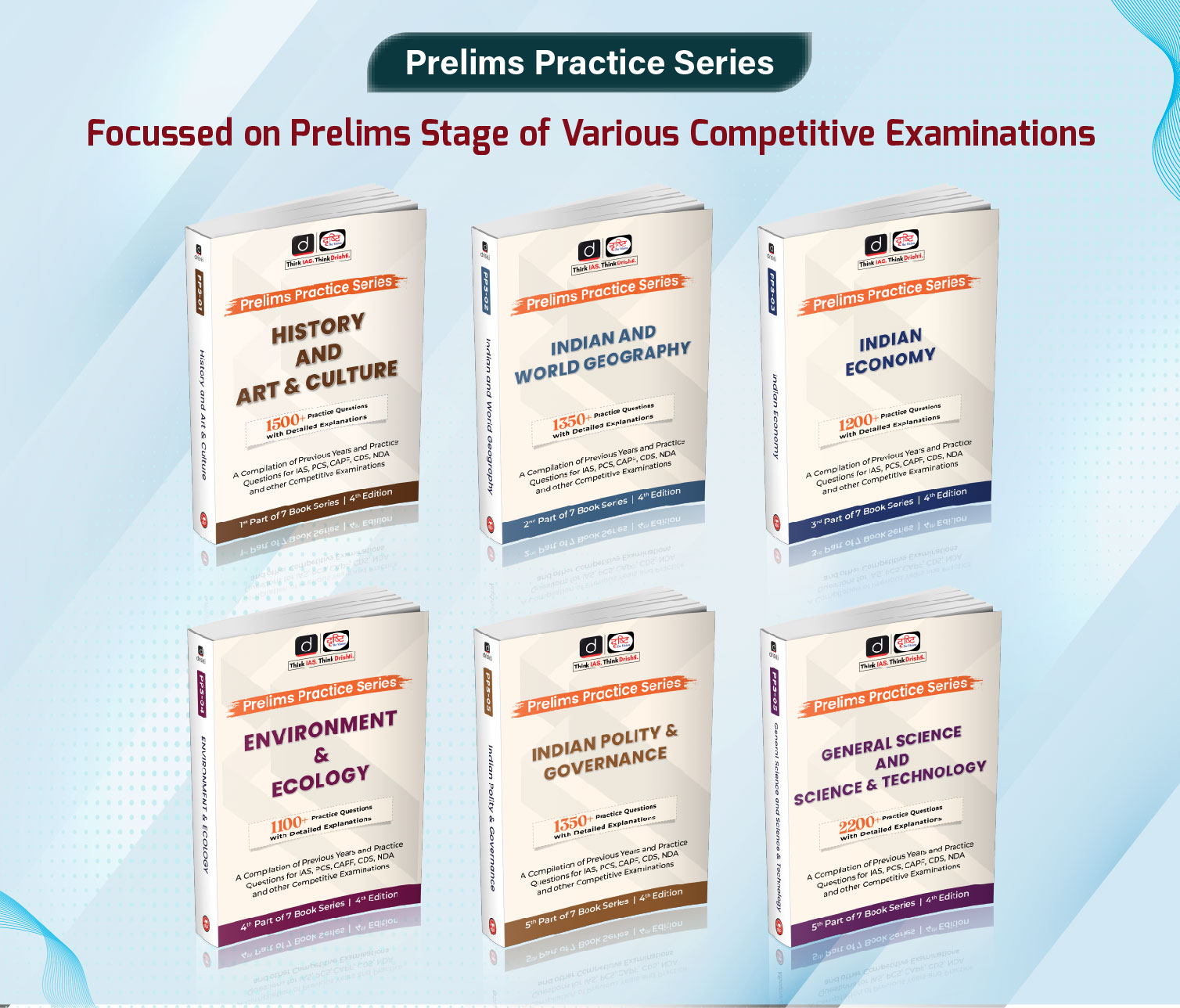

 PCS Parikshan
PCS Parikshan